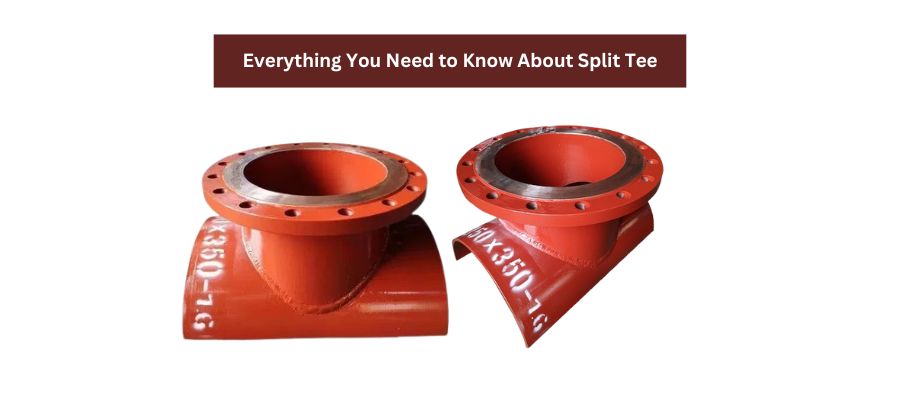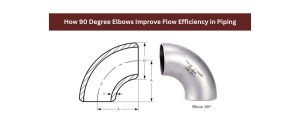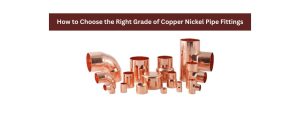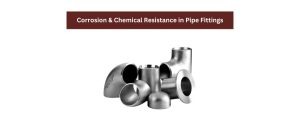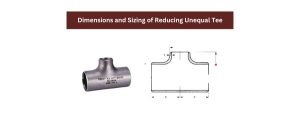In high-pressure pipeline operations, split tee fittings play a vital role—particularly in hot tapping, pipeline modification, and emergency repair scenarios. These fittings allow safe and reliable branch connections on live pipelines without disrupting the flow. Because of their critical applications, the manufacturing and testing standards of split tee fittings are tightly regulated to ensure structural integrity, safety, and long-term performance.
This blog will explore how split tee fittings are manufactured, what standards govern their design, and what testing protocols are used to ensure their reliability. Whether you’re a pipeline engineer, maintenance manager, or procurement specialist, understanding these elements is crucial for informed decision-making.
What Are Split Tee Fittings?
Split tee fittings are custom-fabricated pipe components used to create branch connections to existing pipelines. They consist of two halves (or shells) welded around the carrier pipeline and typically include a reinforced branch or nozzle. They’re essential for operations like hot tapping and line stopping, where the system cannot be shut down.
Split tees are commonly used in:
- Oil & gas pipelines
- Petrochemical plants
- Water distribution systems
- Refinery and processing industries
Due to the high-stakes nature of their use, their quality is non-negotiable.
Manufacturing Standards for Split Tee Fittings
The manufacturing of split tee fittings involves multiple steps, from raw material selection to final quality checks. Key global standards regulate each stage to ensure compliance, safety, and durability.
1. Material Standards
Split tee fittings are typically fabricated from:
- Carbon steel (ASTM A234 WPB, ASTM A105)
- Stainless steel (ASTM A403 WP304/316)
- Alloy steel (ASTM A182 F11, F22)
The selection of material depends on pressure, temperature, and the type of fluid being transported.
2. Design and Dimensional Standards
The design of split tee fittings generally follows:
- ASME B31.3 – Process Piping
- ASME B31.4 / B31.8 – For pipeline systems (liquid & gas)
- MSS SP-75 – Specification for high-strength steel fittings
- ASME VIII Div 1 – For pressure vessel design when applicable
Design considerations include wall thickness, reinforcement pad calculations, corrosion allowance, and pressure class compatibility.
3. Welding Procedures
Welding is one of the most critical stages in manufacturing split tees. Fabricators follow:
- ASME Section IX – Qualification of welders and welding procedures
- Welding Procedure Specifications (WPS) and Procedure Qualification Records (PQR) are mandatory.
- Fittings are welded using MIG, TIG, or SMAW processes depending on the material.
Testing Standards for Split Tee Fittings
Before a split tee fitting can be installed in a live pipeline, it undergoes a series of rigorous tests to verify strength, durability, and leak-tightness.
1. Non-Destructive Testing (NDT)
- Ultrasonic Testing (UT): Checks for internal flaws in welds and parent material.
- Radiographic Testing (RT): Ensures weld integrity by capturing images of internal weld structure.
- Magnetic Particle Testing (MPT): Detects surface and near-surface cracks in ferromagnetic materials.
- Dye Penetrant Testing (DPT): Applied on stainless steel or non-magnetic metals for surface crack detection.
2. Hydrostatic Pressure Testing
- Split tee fittings are filled with water and pressurized to 1.5 times their maximum operating pressure.
- Held for a specified duration (usually 10 to 30 minutes) to check for leakage or deformation.
3. Hardness and Tensile Testing
- Ensures that the material maintains mechanical properties like yield strength, tensile strength, and elongation as per ASTM or EN standards.
4. Impact Testing
- Particularly important for fittings used in low-temperature applications.
- Verifies that the fitting can withstand sudden impacts without cracking or failing.
5. Visual Inspection and Dimensional Checks
- Final inspection includes measuring wall thickness, internal bore, and branch alignment to ensure compliance with dimensional tolerances.
Documentation and Certification
Reputable manufacturers provide complete traceability and documentation for each split tee fitting, including:
- Material Test Certificate (MTC)
- Welding documentation (WPS/PQR/WPQ)
- NDT reports
- Hydrotest reports
- Third-party inspection certificates (when applicable)
- Certificate of Conformance (CoC)
These documents serve as quality assurance and ensure compliance with client specifications and international standards.
Why Testing & Standards Matter
Improperly manufactured or poorly tested split tee fittings can lead to:
- Pipeline leaks or bursts
- Environmental hazards
- Costly shutdowns
- Safety risks to personnel and equipment
Adhering to strict manufacturing and testing protocols ensures:
- Longer service life
- High-pressure handling capability
- Reduced risk of failure
- Regulatory compliance in demanding industries
Conclusion
Split tee fittings are vital components in pipeline engineering, especially in hot tapping and modification operations. Their effectiveness and reliability depend entirely on the precision of their manufacturing and the rigor of their testing. By understanding and adhering to international standards like ASME, MSS, and ASTM, manufacturers and users can ensure maximum safety and performance.
Whether you’re sourcing fittings for critical oil and gas pipelines or water distribution networks, never compromise on testing standards or quality certifications. In the world of pipeline systems, the cost of failure is far greater than the investment in compliance.

